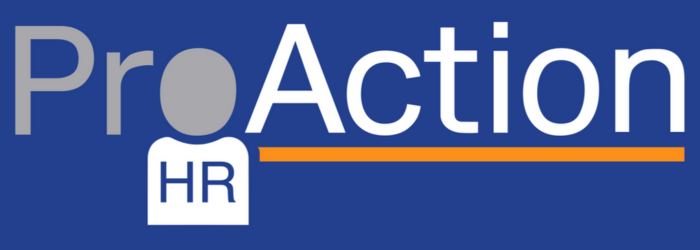Top 10 tips countdown to a successful & positive return to the workplace
We have been advising SME businesses in the UK over the past year on many aspects of this often-challenging situation. We have previously written a piece on a practical return to work so this article focuses on our top tips for returning to the workplace safely, alongside several factors that you need to consider about your workplace design for 2021 and beyond.
Given the very different way in which many workforces have been able to stay productive and deliver their work remotely for some considerable time, it’s not really an option to just go ‘back to normal’
Here is a countdown of our top ten tips for a successful return to work for your business;
10. People first
Most organisations have become (or already were) human and put their colleague’s health and priorities first. Ensure your decisions for the future, though based on business need, consider your people and are communicated in an empathetic and timely way. If you are returning – consider providing tests onsite at no charge by registering here;
https://www.gov.uk/get-workplace-coronavirus-tests
9. Show ongoing empathy and support
When your people have returned don’t imagine that is the end of the fallout from this pandemic. Lots of empathy and support for colleagues is going to be needed for a wide-ranging set of reasons ongoing. How you anticipate and choose to provide support could set you apart in terms of how you are perceived as an employer.
8. Staff opinion / Consult
Ensure you inform them by an appropriate level of consultation – this can truly help educate and inform and cut through potential objections.
If you plan to seek employee opinion please appreciate this is one data point. If we had asked in February 2020 whether staff could work at home 5 days a week with children there may have been a low positive response, yet we have achieved it. If we ask now about returning, it may be artificially high given our jaded view of lockdown…
7. Art of possible (last year felt impossible at times)
In designing a new way of working, challenge the manner in which you have operated historically and ask whether the last year could, with some adjustment, be the catalyst required. We aren’t returning to ‘normal’, certainly not yet.
6. Make an effort to drive behaviours
Shortly after introducing initial new office rules with a client in March last year, I met a member of their team for the first time and immediately shook hands – it takes time to break habits!
Consider the new behaviours you want to encourage and consider how to drive that change.
If output, not timekeeping is what you require then don’t stay late or expect others to. A more flexible working style has developed in the past year – think about what else you want to encourage as the return could be a further catalyst for change.
5. There are not just two groups
It’s a bit more complex than just either ‘Those wanting to return’ and ‘Those that don’t’.
Everyone including you, is on this change and there is a real need to focus on individuals, but through a consistent future lens. Consider the role models and early adopters within your Organisation that will help encourage the return to a new way of working and will help deliver and create a culture of new behaviours company-wide.
4. Use data
It's key to use data to understand the different groups that you have in your workforce. Full time/part-time/contracted in office/contracted remotely/ Colleagues who have experience of the office the way it was/ and those that joined after you last entered the workplace. It’s important to cut it up, dice it and then look at it again.
3. Develop New Policies
Don’t forget to develop new policies, to cover these as a starting point;
Flexible working
Provision of company equipment for flexible working
A vaccination policy
An absence from work through covid
A process to manage a covid outbreak
Essential public services
An absence from work through Covid.
2. Risk Assessment
You are required to provide a risk assessment for a return to the office and ensure a safe working location. You will need to inform your staff of this.
You should ensure that your managers are onboard with the decisions to return and the new working practices to ensure they can lead their people through the changes and manage with skill ongoing.
And finally, one critical step however simple or complex your return to the workplace may be……
1. Communicate…
In every format possible to minimise the breakdown in trust. The only grounds long term for refusing a return would be an individual or a collective belief that the workplace is not safe. This will be mitigated with the right level of communication, but most importantly it will reassure your team that you are putting.
For more information and guidance why not read our other recent article: How to achieve a successful return to work


